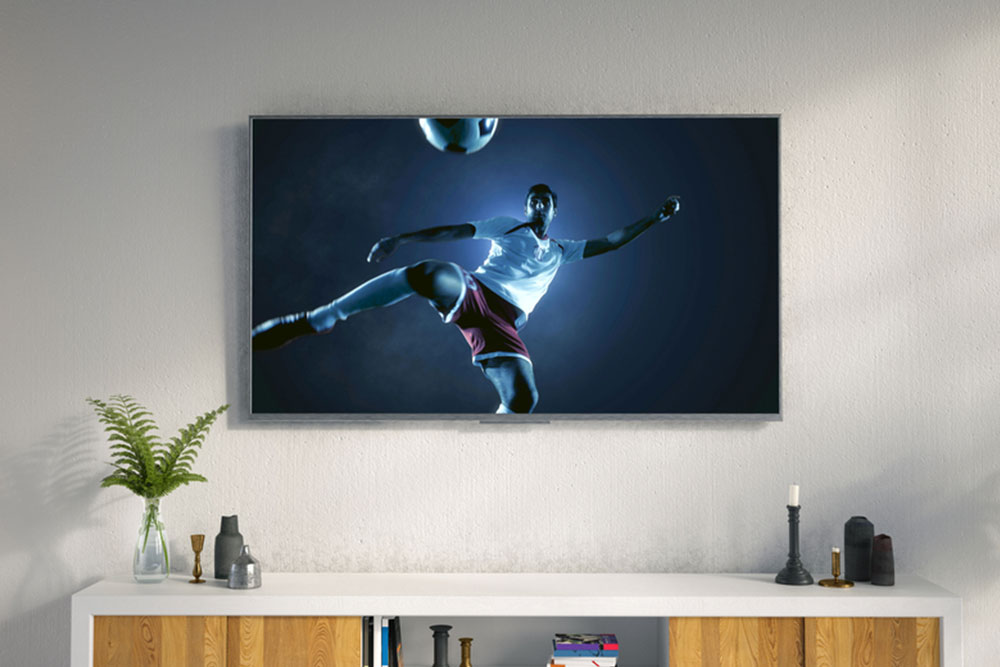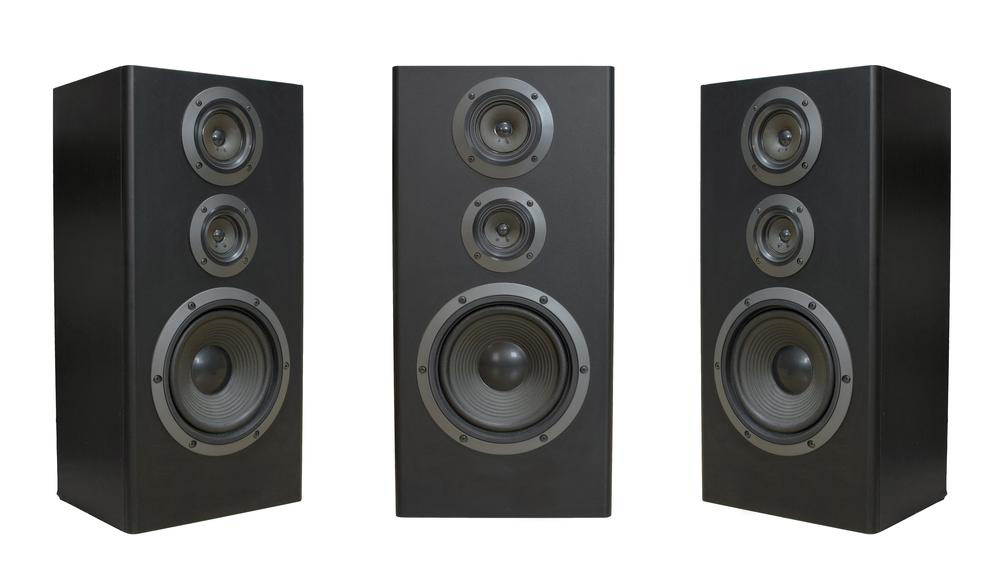Comprehensive Guide to Buying a 3D Television: What You Need to Know Before Making a Purchase
This comprehensive guide explores the essential factors to consider before purchasing a 3D television. It covers display technology, placement tips, 2D to 3D conversion capabilities, eyewear options, and audio connectivity, helping consumers make informed decisions. Despite a decline in market popularity, high-quality 3D TVs still offer immersive entertainment experiences. Whether you're a dedicated home theater enthusiast or a casual viewer, learn how to select the perfect 3D TV to elevate your entertainment space and enjoy stunning visual depth and clarity.

Essential Factors to Consider When Purchasing a 3D Television
Over the past decade, 3D televisions have experienced a surge in popularity, especially around 2010, revolutionizing the home entertainment industry with immersive viewing experiences. However, as technology evolved and consumer preferences shifted, the market for 3D TVs has contracted, with fewer models available today. Despite this decline, owning a 3D TV remains a compelling choice for enthusiasts seeking enhanced visual experiences. If you’re contemplating investing in a 3D television, it’s vital to understand the key aspects that influence performance, usability, and overall satisfaction. This comprehensive guide delves into the crucial factors to consider, from display technology to mounting placement and audio capabilities, ensuring that your purchase aligns with your entertainment needs and maximizes value.
Real-Time 2D to 3D Conversion Capabilities
Many premium 3D TVs now feature sophisticated real-time 2D to 3D conversion technology. This functionality allows traditional 2D content—such as standard broadcasts, streaming videos, or cable shows—to be instantaneously transformed into 3D formats. While this feature doesn’t replicate the true depth and immersion of native 3D content, it significantly broadens the scope of viewing options without requiring specialized sources. High-end models utilize advanced processing algorithms to create a convincing depth perception, enhancing your viewing pleasure especially when original content is limited or unavailable in 3D. This feature is particularly beneficial for users who want to enjoy 3D elements without strictly relying on 3D-enabled media files or broadcasts.
Strategic Placement for Unmatched 3D Viewing Experience
Optimal placement of your 3D TV is crucial to capitalize on its immersive capabilities. Positioning the television correctly not only enhances viewing comfort but also ensures the 3D effects are displayed effectively. Avoid situating your TV near windows, bright light sources, or reflective surfaces that could cause glare or washout during daytime use. To create an ideal environment, consider darkening the room with curtains or dimmable lighting to improve contrast and color fidelity. The viewing distance also plays a significant role. For a 50-inch screen, a distance of at least 8 feet is recommended; larger models should be viewed from approximately 10 feet away or more. Proper spacing avoids eye strain and provides a more immersive, cinematic experience, making every scene appear vivid and three-dimensional.
Choosing the Right Display Technology
The core component of a 3D TV is its display technology. Most models utilize either LCD/LED or OLED panels. LCD/LED screens are prevalent and generally offer reliable 3D performance with bright images, making them suitable for well-lit environments. On the other hand, OLED panels excel in delivering deeper blacks, more vibrant colors, and superior contrast ratios. This results in richer 3D effects and heightened realism in images. However, OLED TVs tend to be less bright compared to high-end LCD counterparts, which could influence color saturation in certain lighting conditions. When selecting a display, consider your room's lighting environment, personal preferences, and budget to find the best match—balancing brightness, contrast, and color accuracy for an optimal 3D viewing experience.
Compatibility and Types of 3D Glasses
Since 3D viewing requires specialized glasses, understanding your options is essential. There are two main types: active shutter glasses and passive polarized glasses. Active shutter glasses are equipped with LCD shutters synchronized with the TV’s refresh rate, providing high-quality, flicker-free 3D images. These glasses are more costly, often priced between $50 to $150 per pair, but they offer superior image clarity and full-color depth. Conversely, passive polarized glasses are affordable, typically costing between $5 and $25 per pair. They use polarization filters to deliver 3D effects, resulting in lighter, more comfortable eyewear but slightly reduced image resolution and fidelity. When selecting glasses, verify compatibility with the TV model and consider your comfort for extended viewing sessions. Some manufacturers bundle glasses with their TVs, whereas others require separate purchases.
Ensuring Superior Audio Compatibility
While visual quality takes precedence, audio performance significantly enhances the overall 3D entertainment experience. Many modern 3D TVs support advanced audio formats and can be integrated with home theater systems for surround sound. To achieve true 3D audio immersion, ensure your home theater setup includes compatible devices such as 3D-capable Blu-ray players and AV receivers capable of passing through digital surround sound formats like Dolby Atmos or DTS:X. Proper cabling and configuration not only improve sound quality but also complement the visual depth of 3D content, making scenes feel more tangible and engaging. Investing in high-quality speakers or soundbars further elevates the experience, transforming your living room into a mini-theater where both sight and sound captivate your senses.
In summary, selecting the ideal 3D TV involves careful consideration of multiple factors—including conversion technology, placement, display tech, eyewear options, and compatible audio systems. Although the market has contracted since its peak, dedicated 3D enthusiasts can still find models suited to their preferences. By evaluating these critical aspects, you can make an informed decision that ensures maximum enjoyment and value from your 3D viewing experience. Whether watching blockbuster movies, immersive gaming, or sporting events, the right 3D TV can dramatically elevate your home entertainment setup, delivering captivating visuals and sounds that bring content to life in three dimensions.





